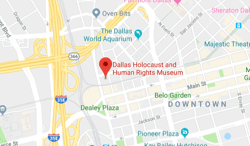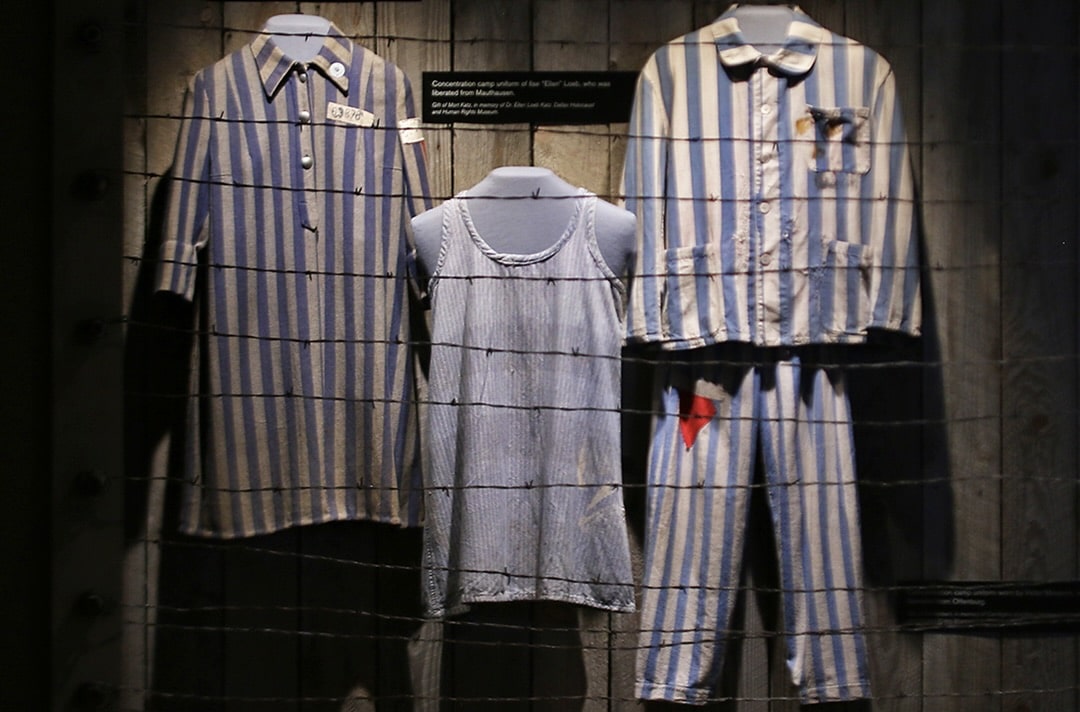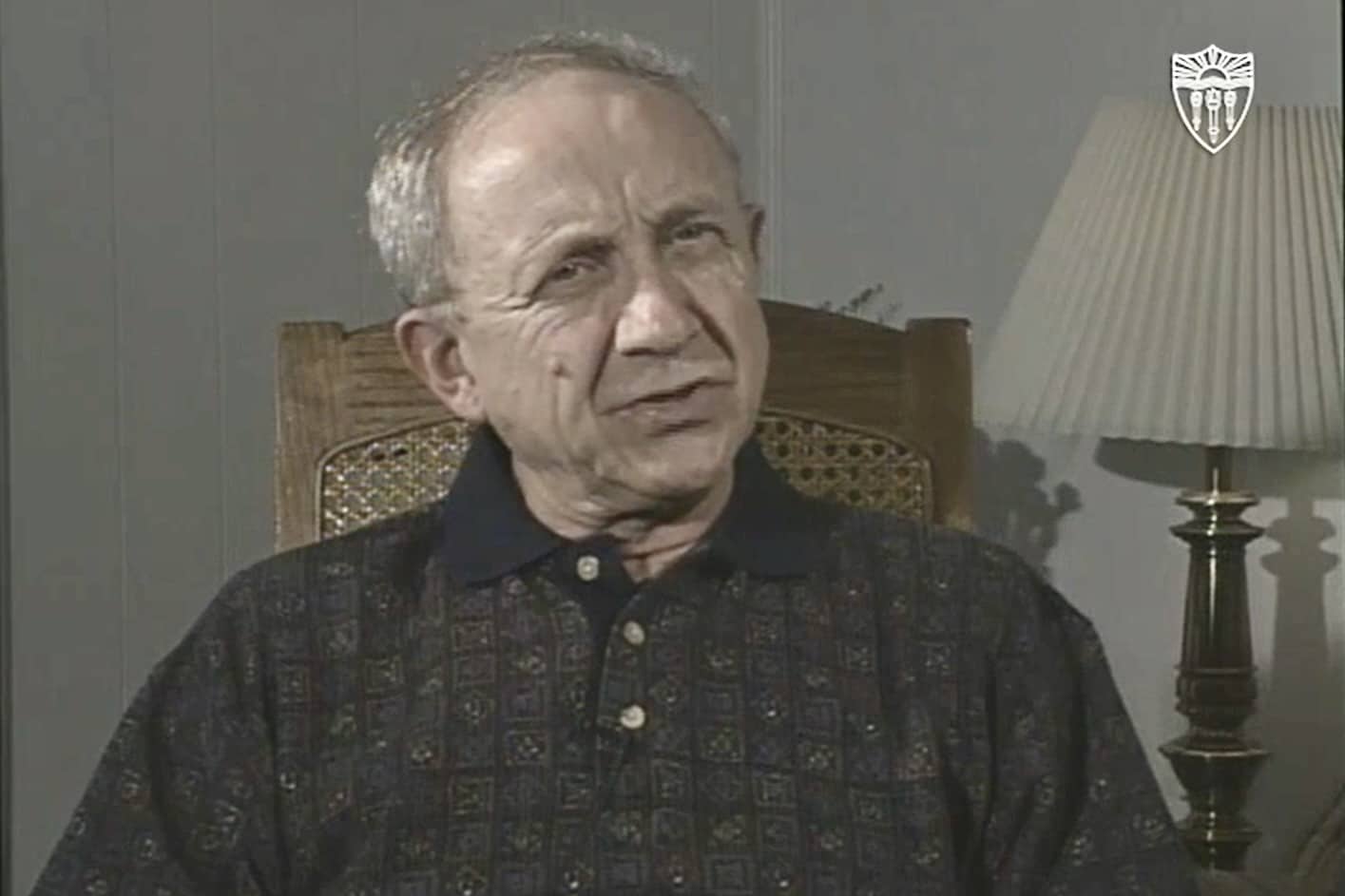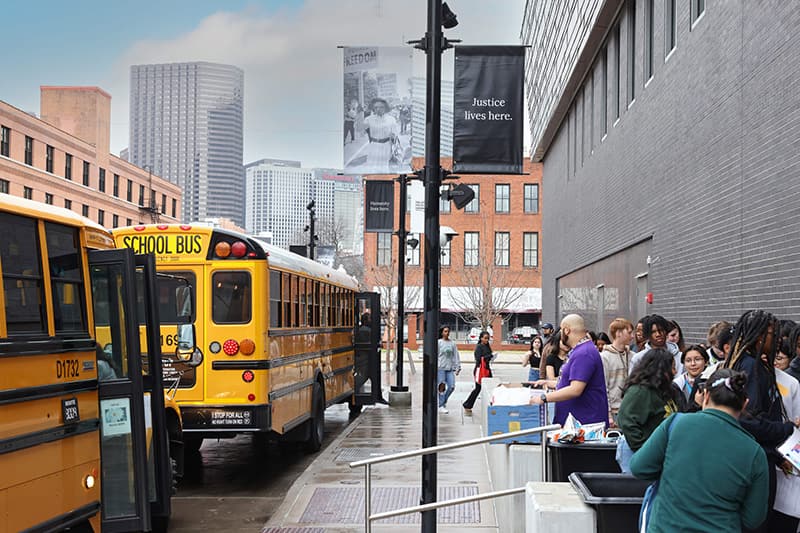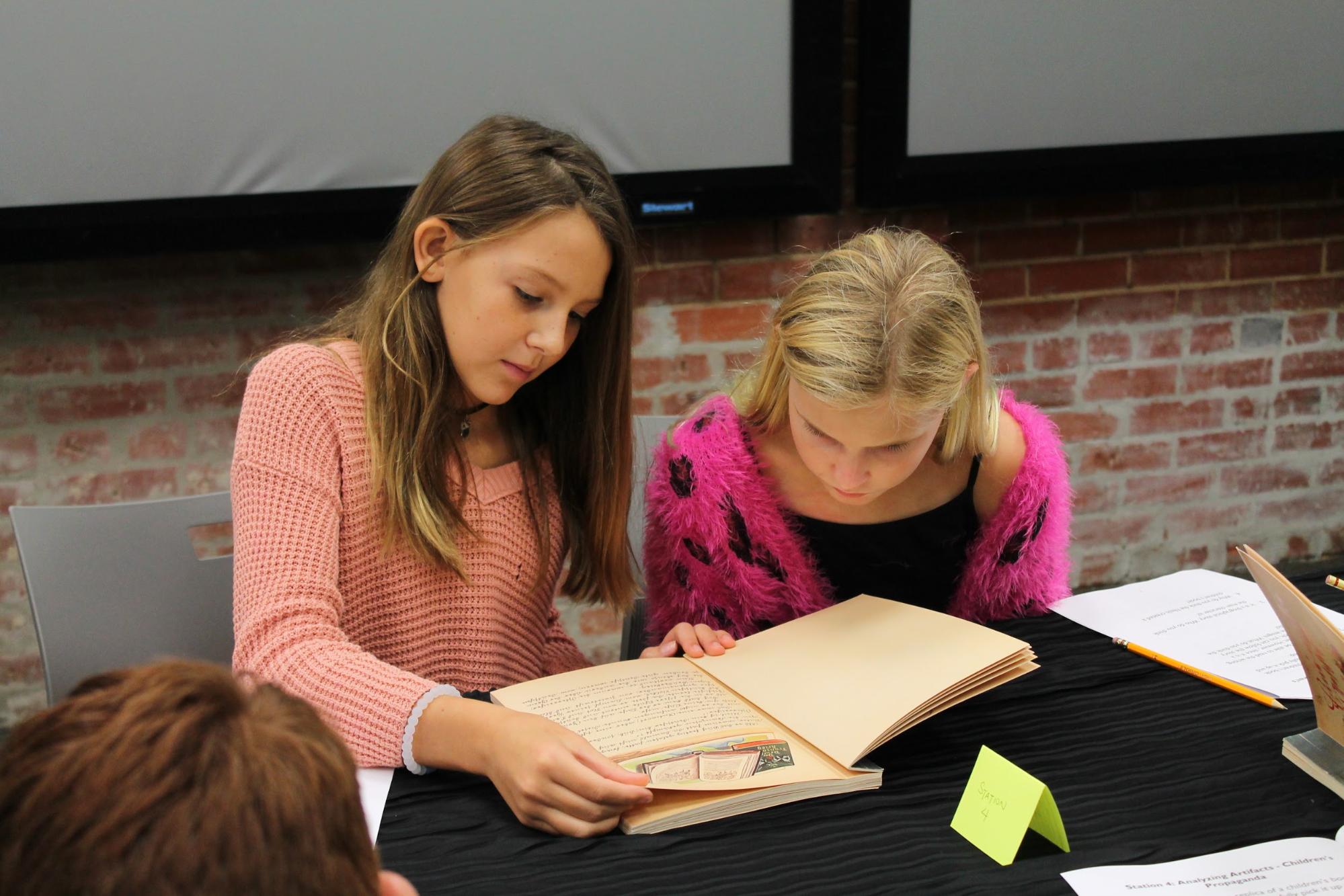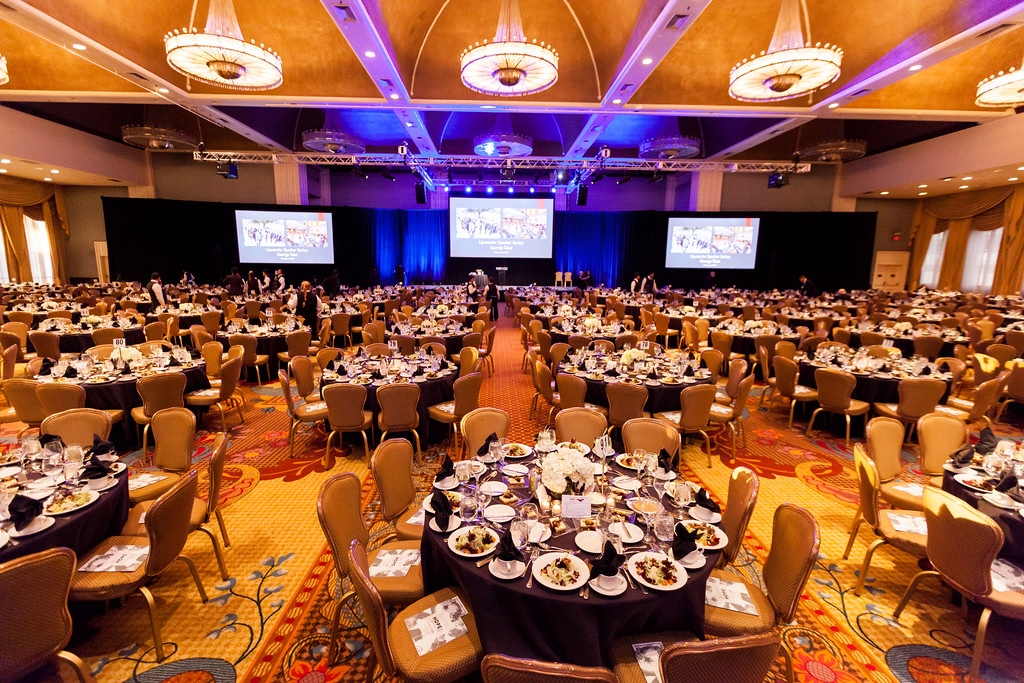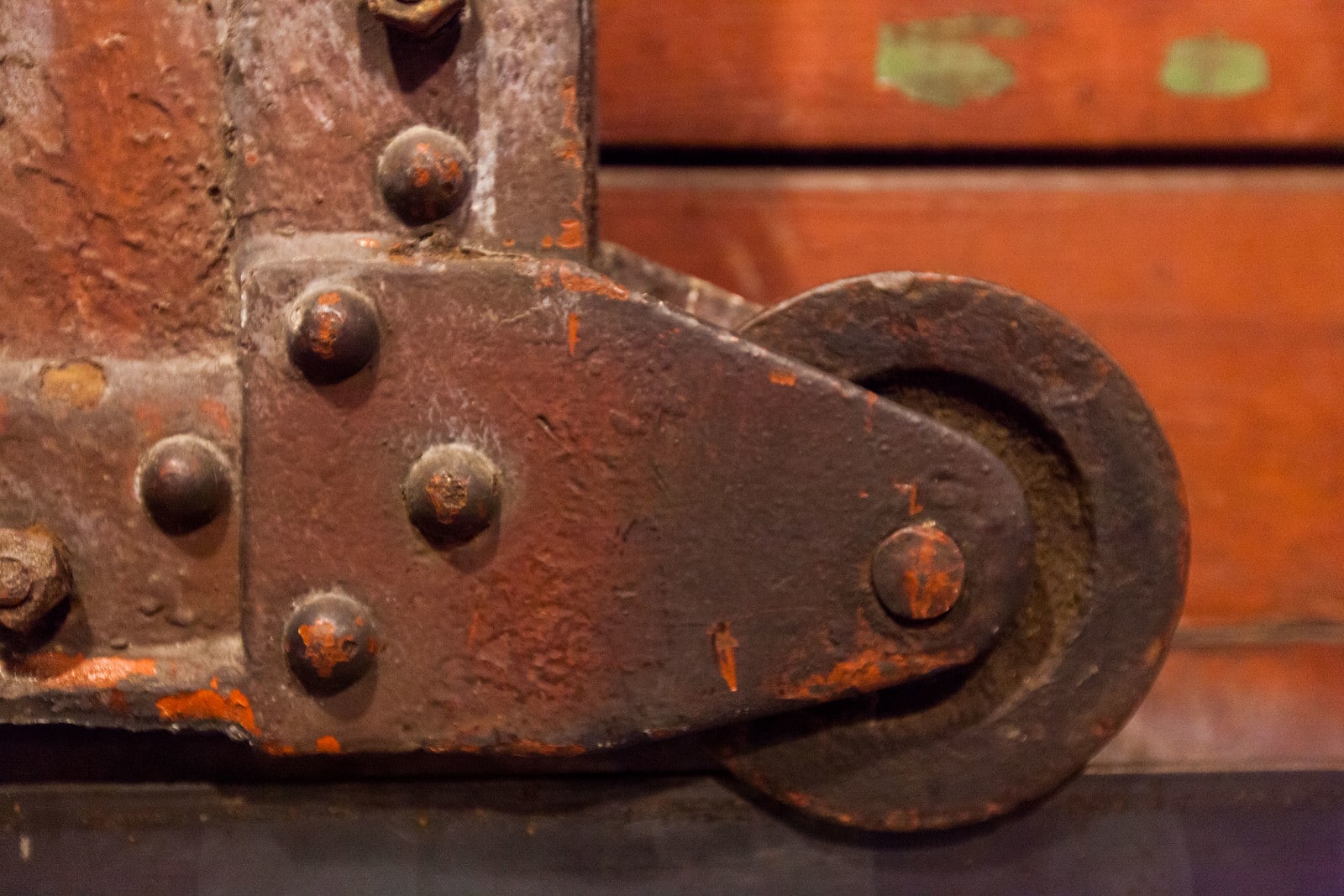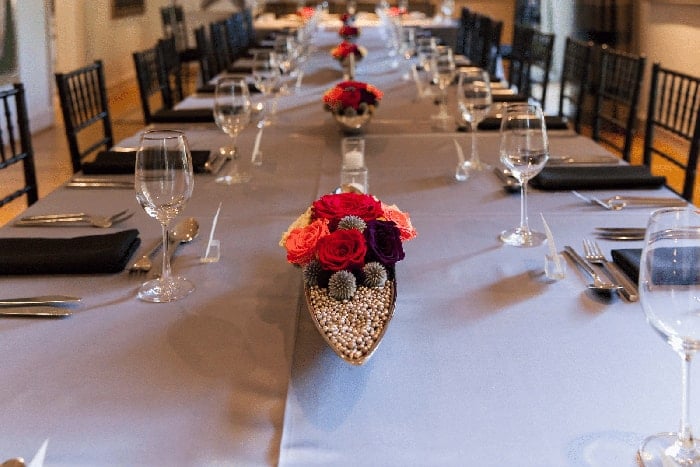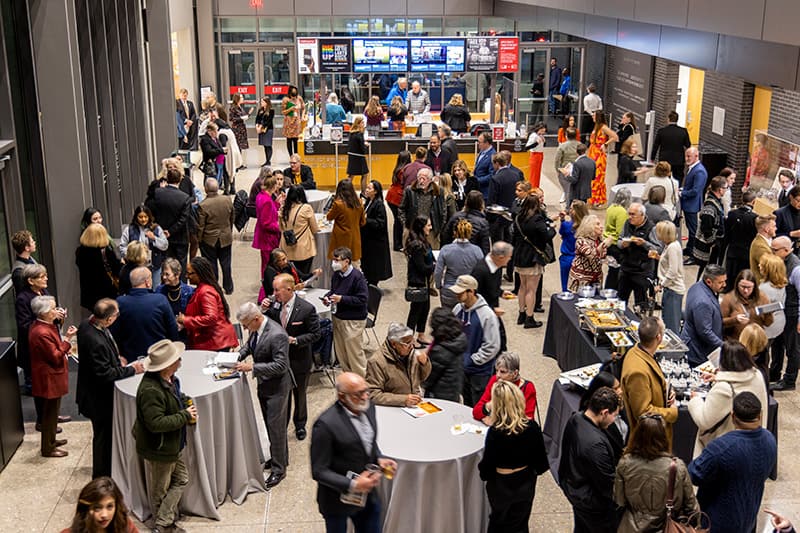Past Special Exhibition
Courage and Compassion
The Japanese American World War II Experience
Following Japan’s bombing of Pearl Harbor on December 7, 1941, Japanese Americans living on the West Coast were removed from their homes under the terms of Executive Order 9066 and forced into incarceration camps scattered across the western and southern United States. Approximately 120,000 residents of Japanese ancestry, nearly two-thirds of whom were American citizens, were denied their constitutional rights and imprisoned without trial simply because they looked like the enemy.
Thousands of young Japanese American men, despite being incarcerated, volunteered for the military, serving in the segregated Japanese American 100th Infantry Battalion, 442nd Regimental Combat Team as well as the Military Intelligence Service. For its size and length of service, the 100th/442nd is the most decorated unit in the history of the U.S. military for its size and length of service.
Using images, audio, interactives, and testimony, Courage and Compassion provides a 360-degree perspective of the World War II experience of Americans of Japanese ancestry while exploring the relevance of these events today. The exhibition honors people across America who stood up to recognize Japanese Americans as friends, neighbors, and fellow citizens.
The Courage and Compassion special exhibition is included with Museum admission.
Courage and Compassion: The Japanese American World War II Experience is courtesy of:

Supported by:



Exhibition Sponsor:



David and Tina Nishida
Community Partners
Big Brothers Big Sisters Lone Star
Dallas Jewish Historical Society
Legacy Senior Communities
Southwest Jewish Congress
Temple Shalom
Texas Holocaust, Genocide, and Antisemitism Advisory Commission
EXPERIENCE THE SPECIAL EXHIBITION VIRTUALLY!
Click below to view Courge and Compassion.
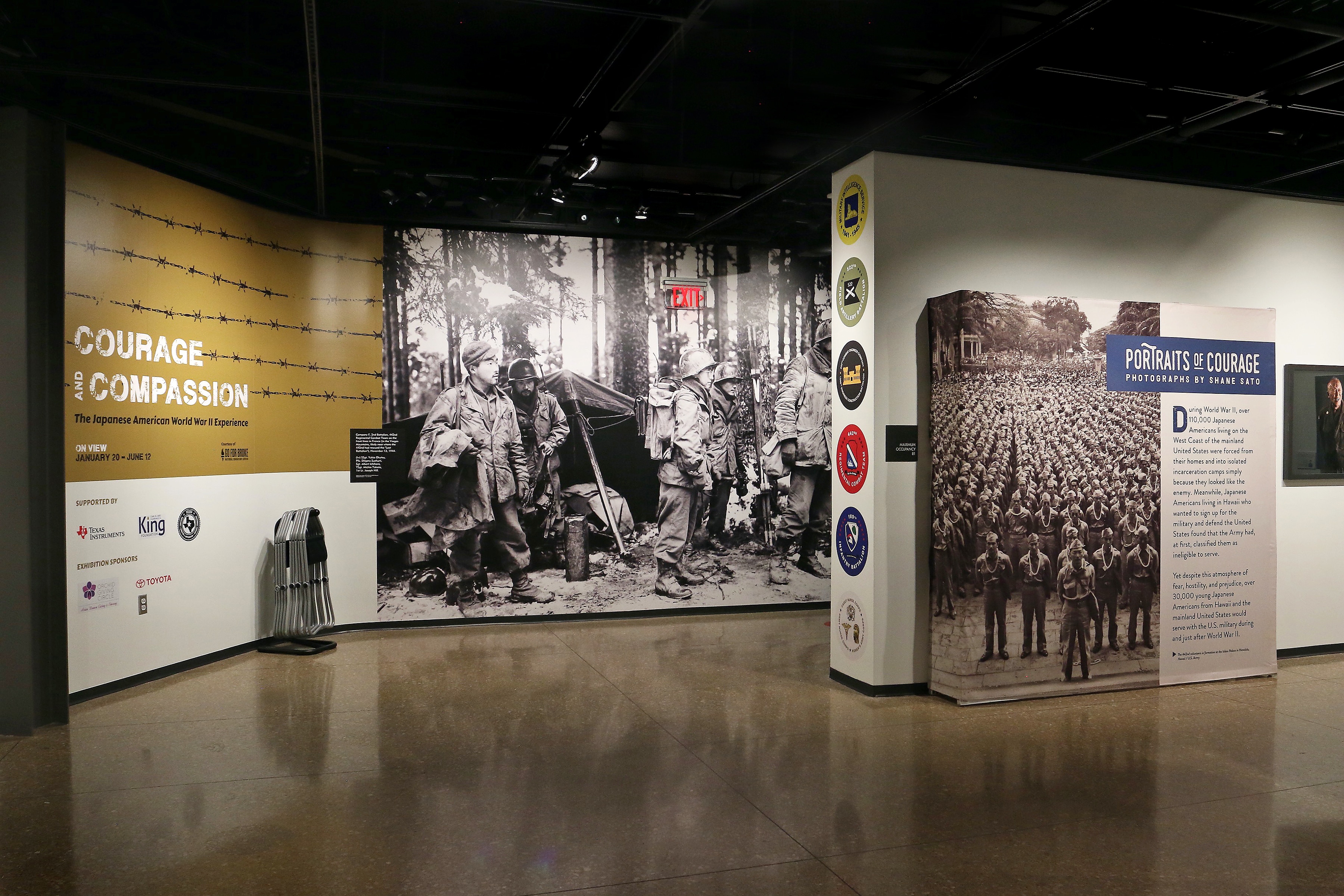
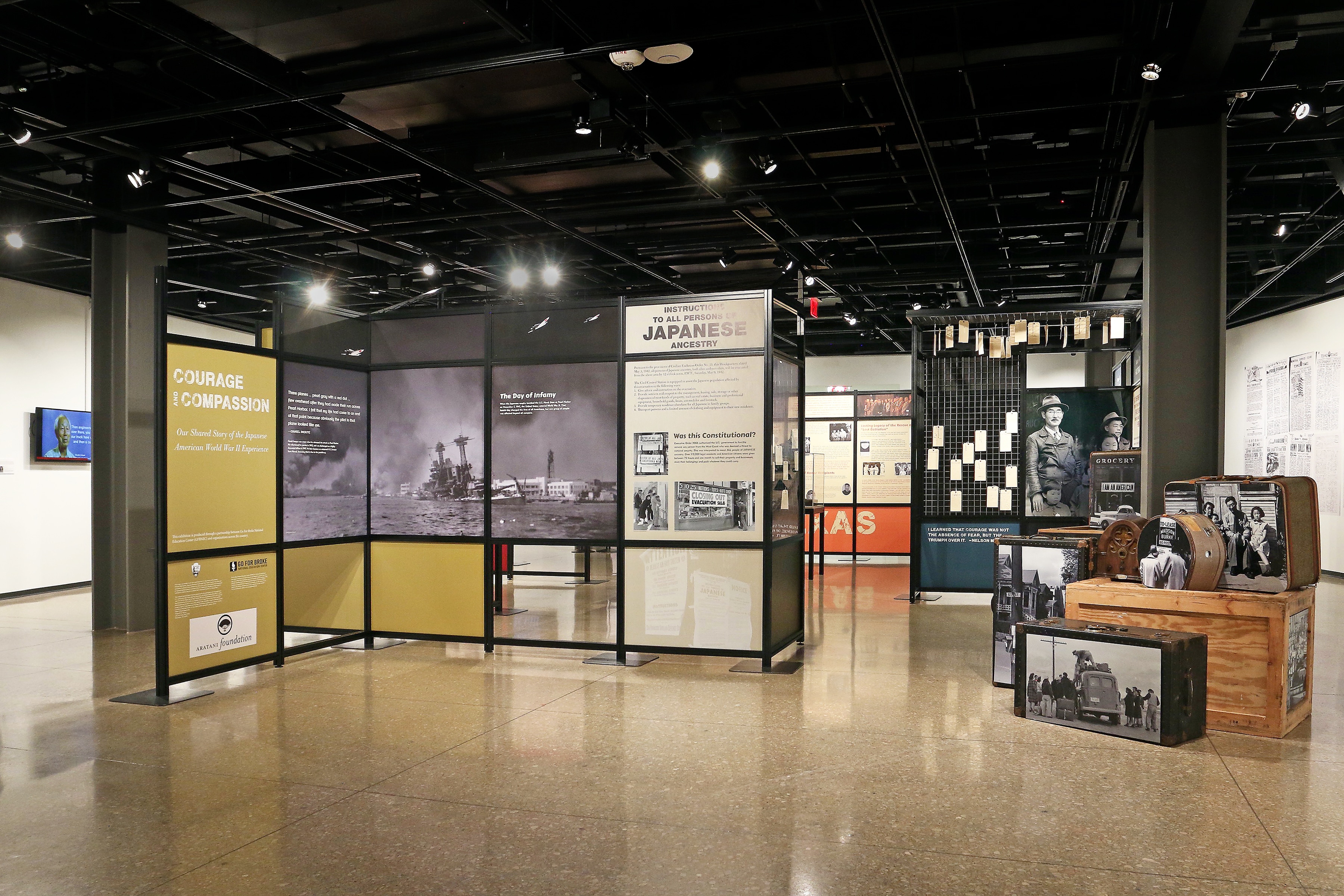
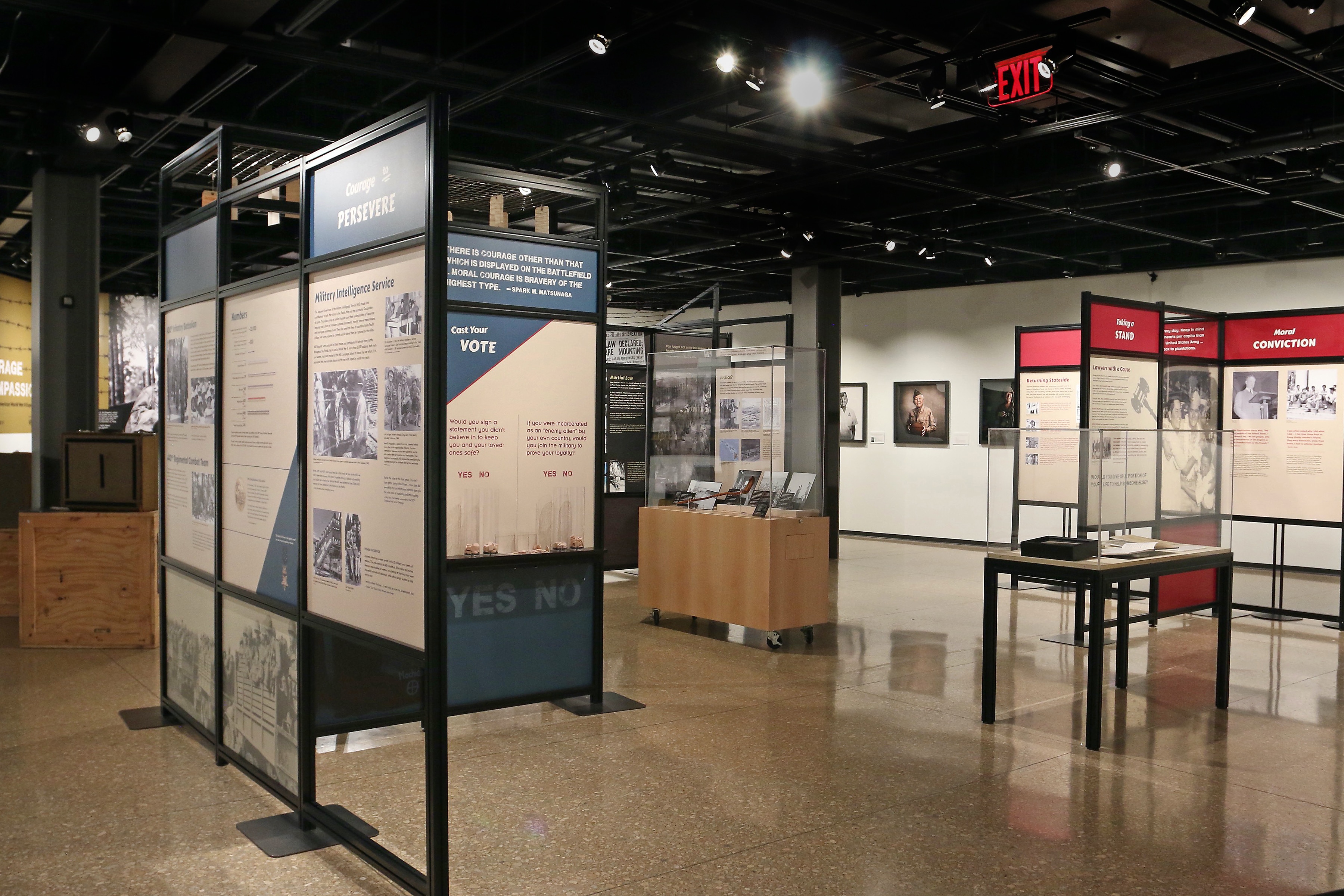
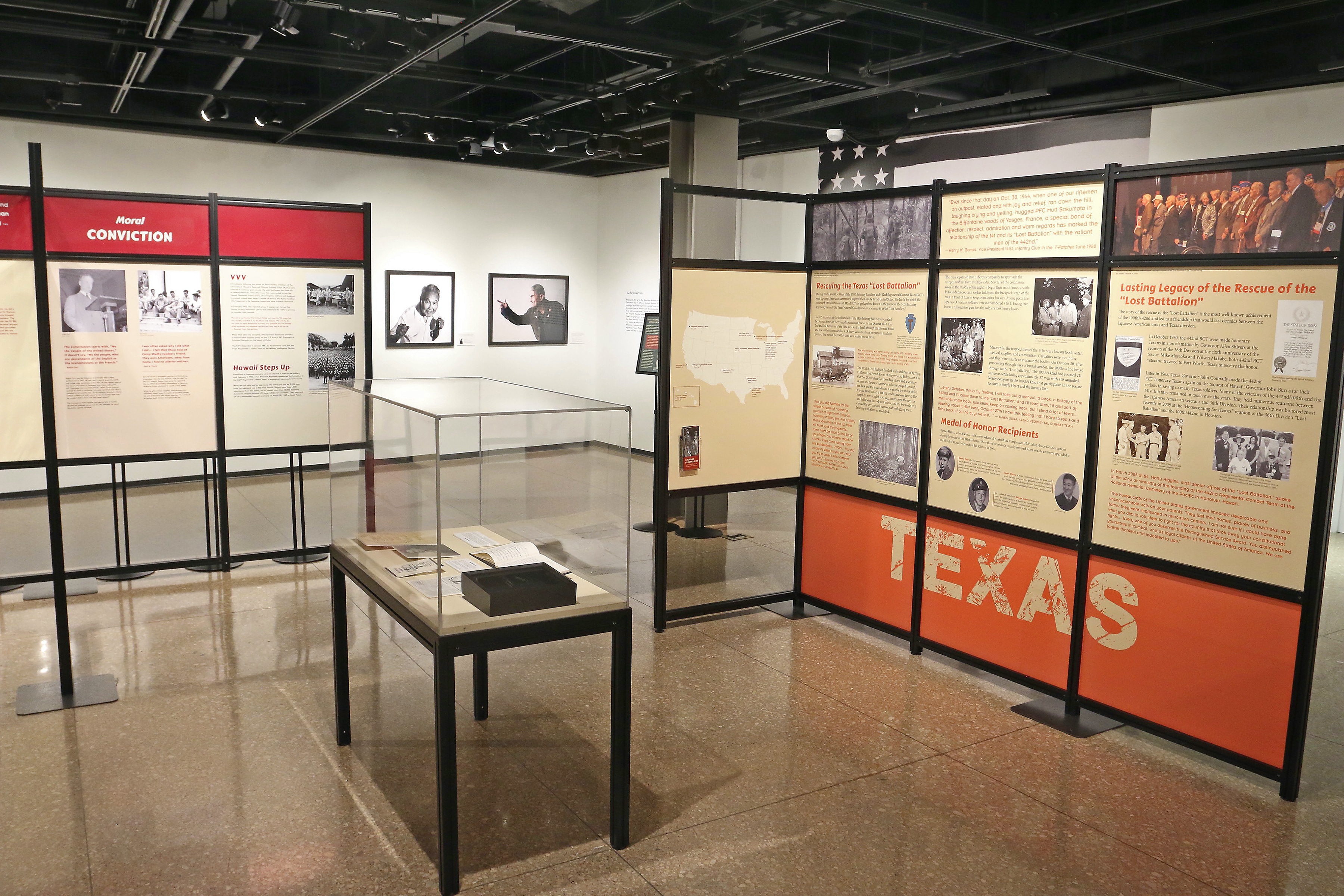
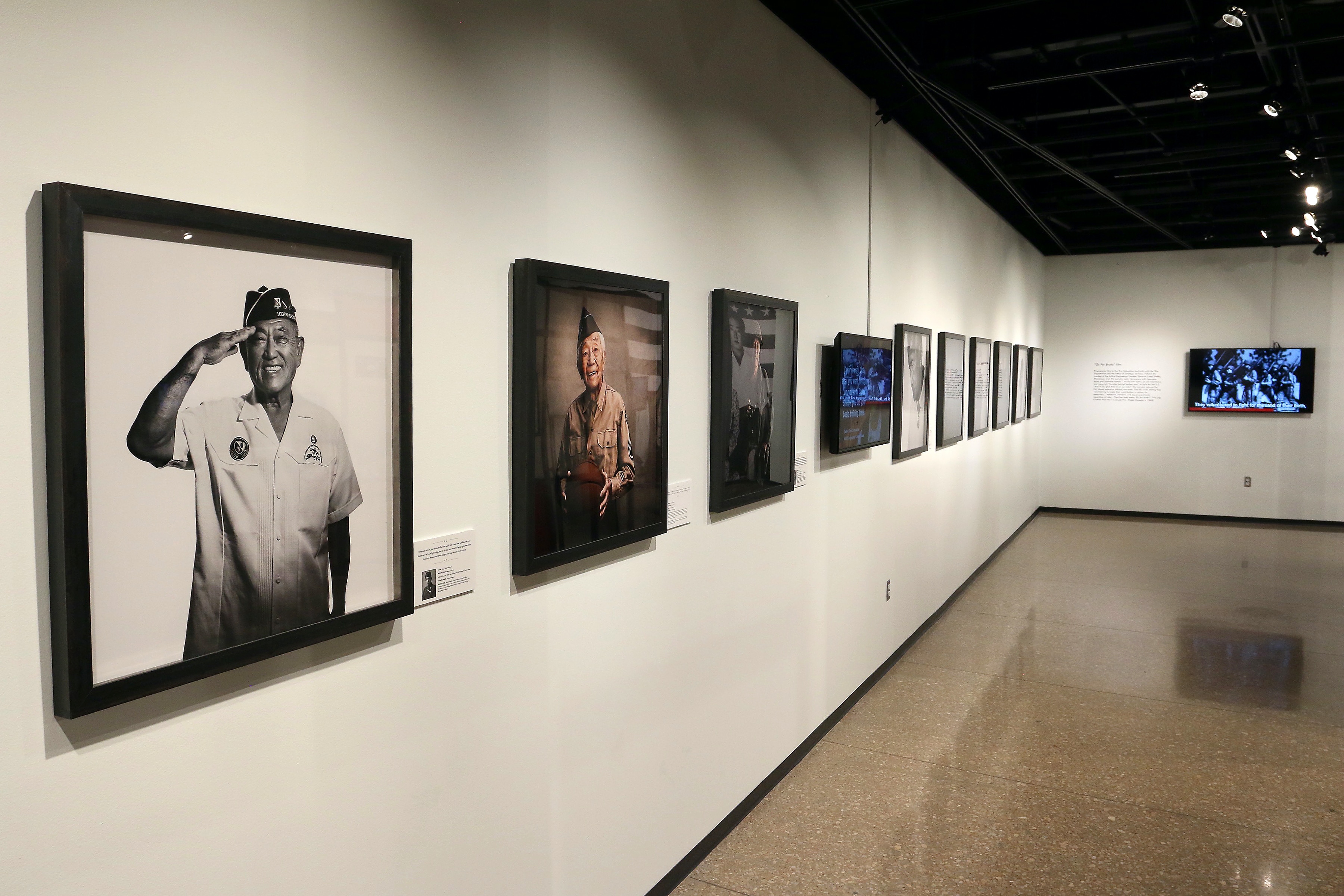
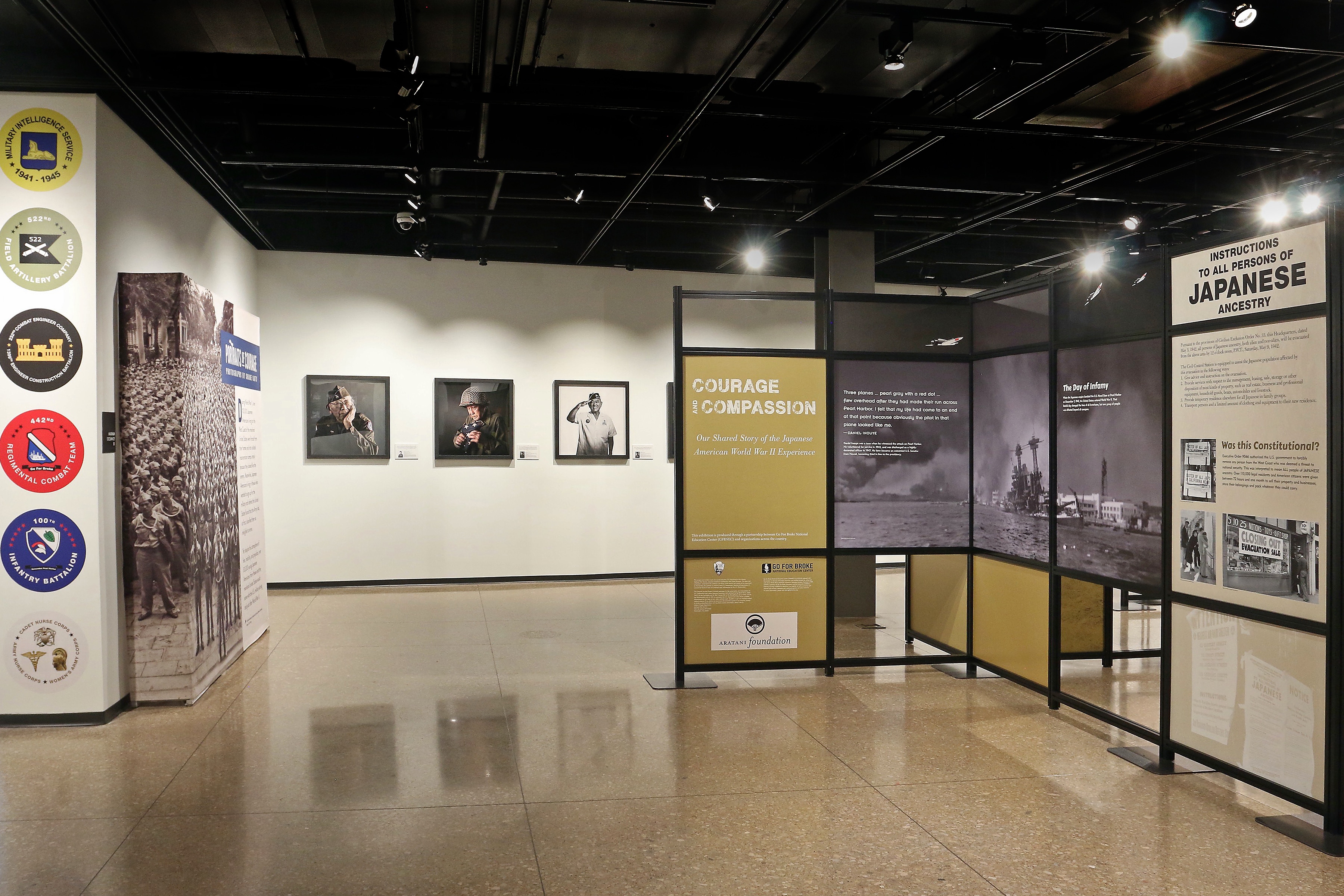
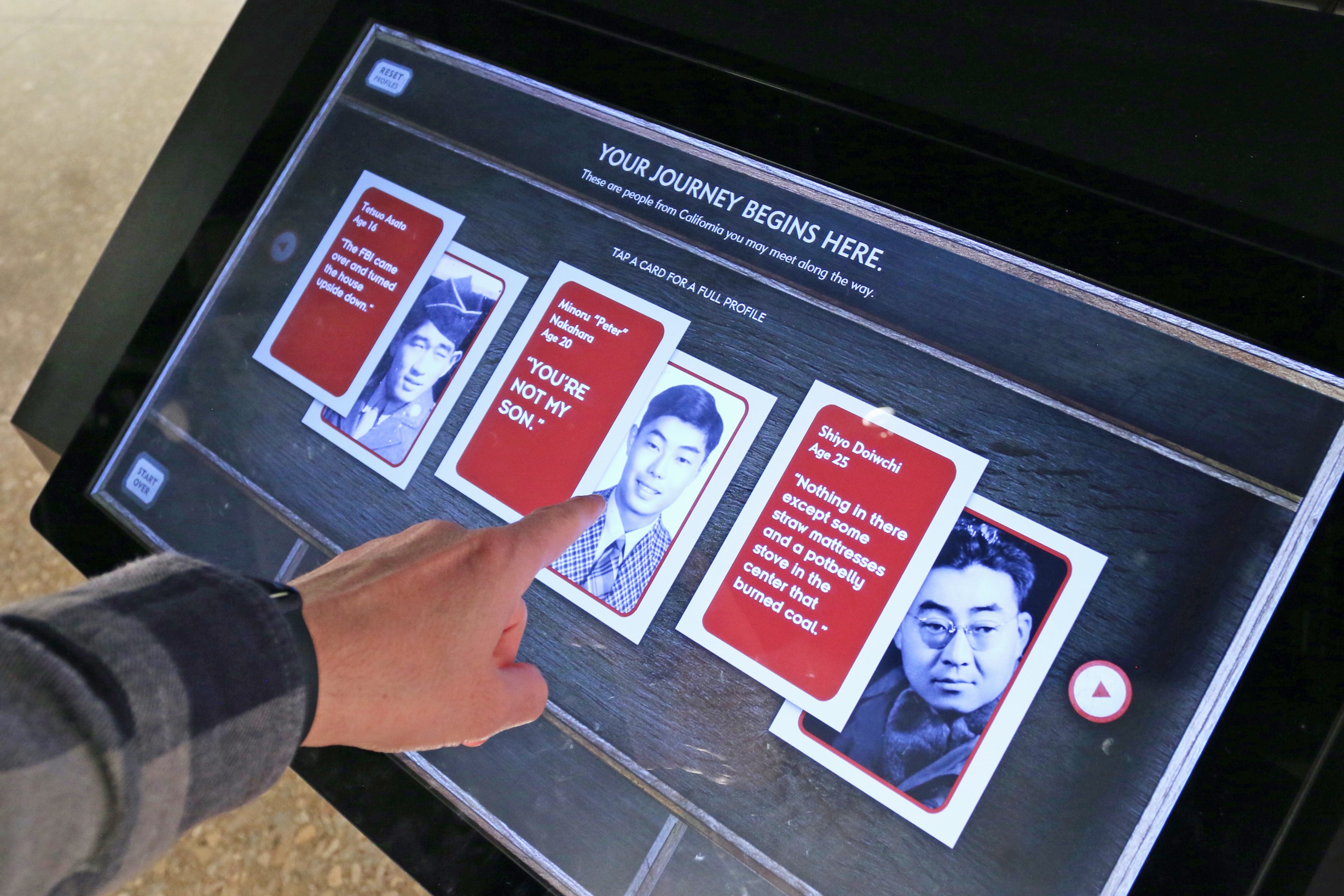
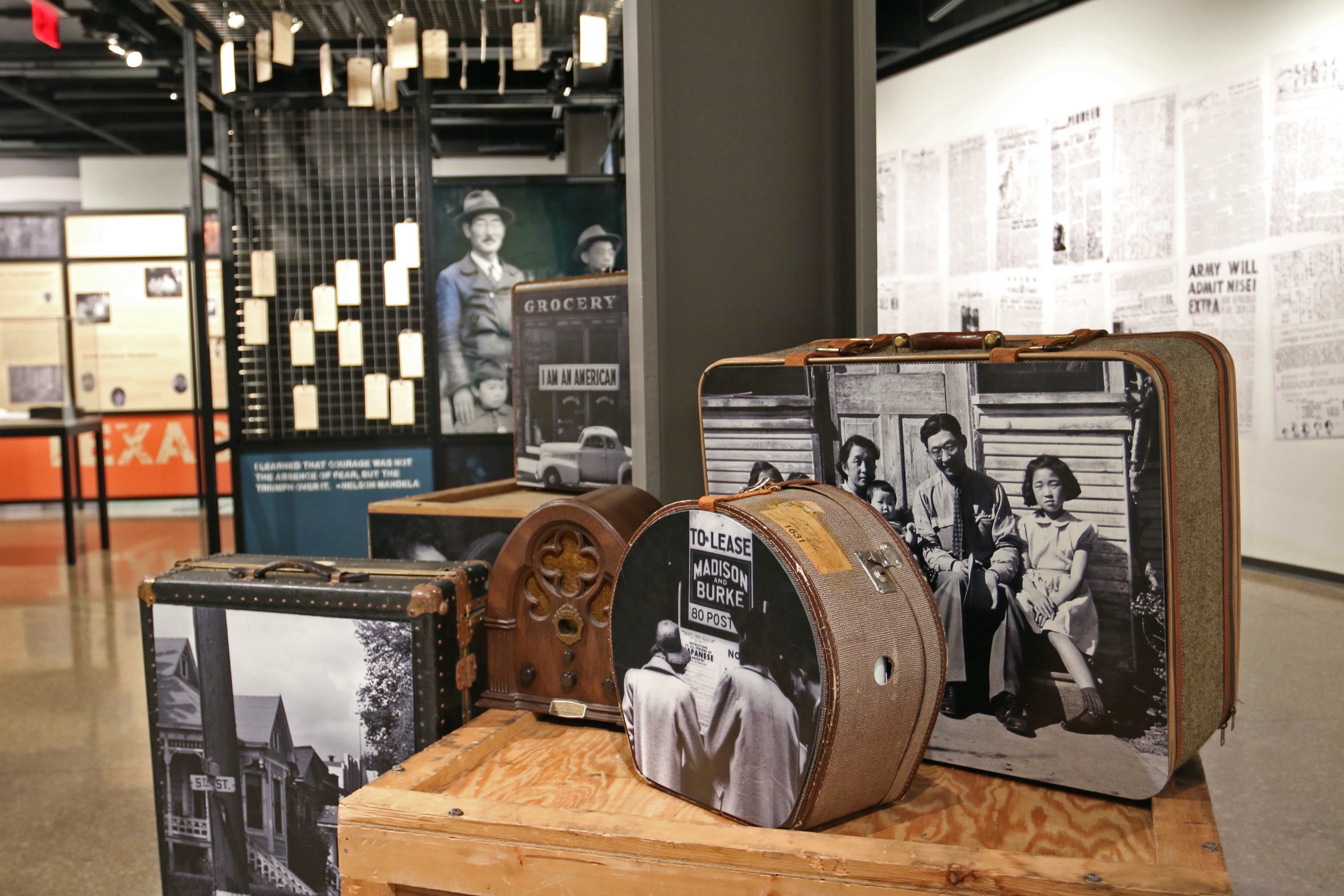
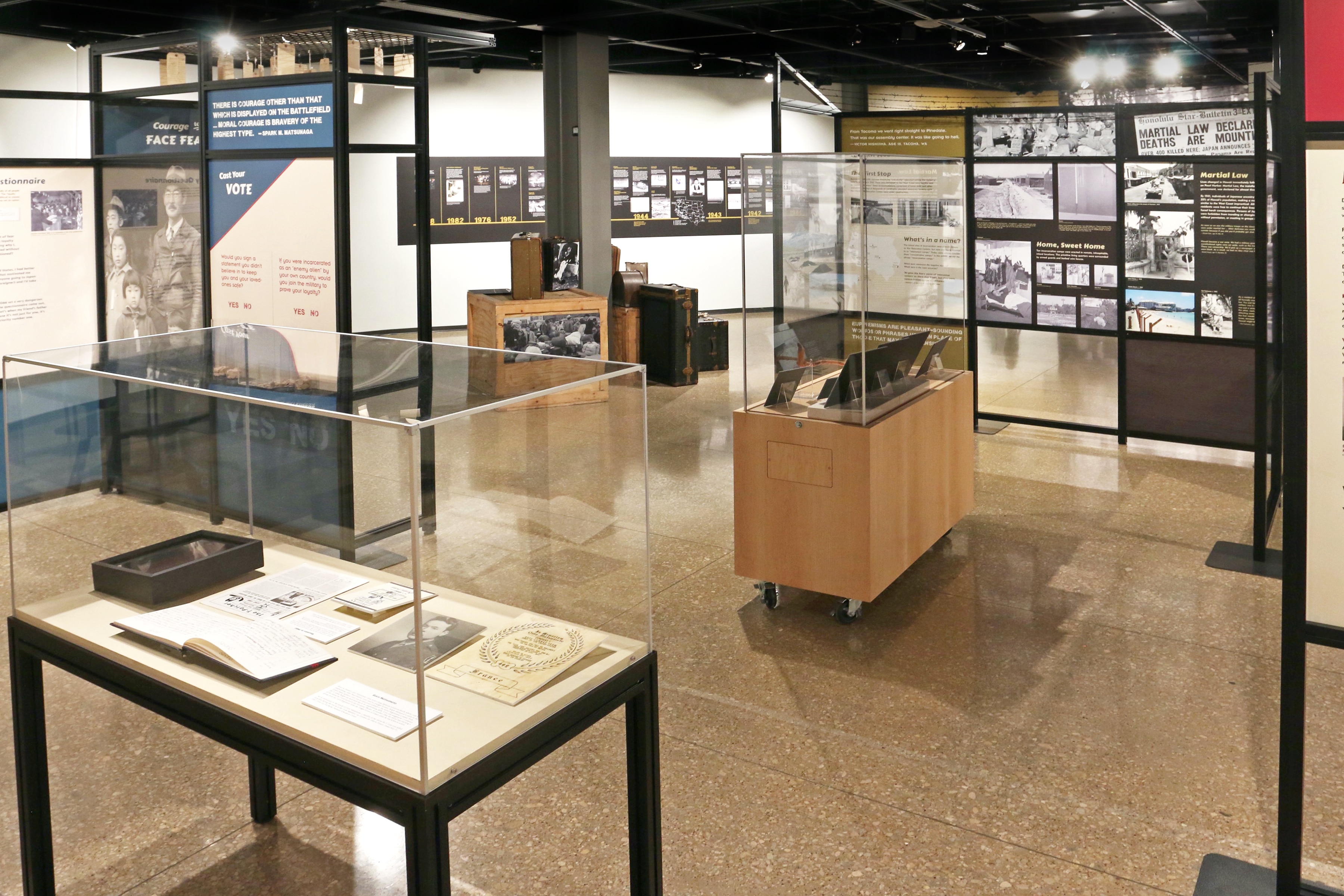
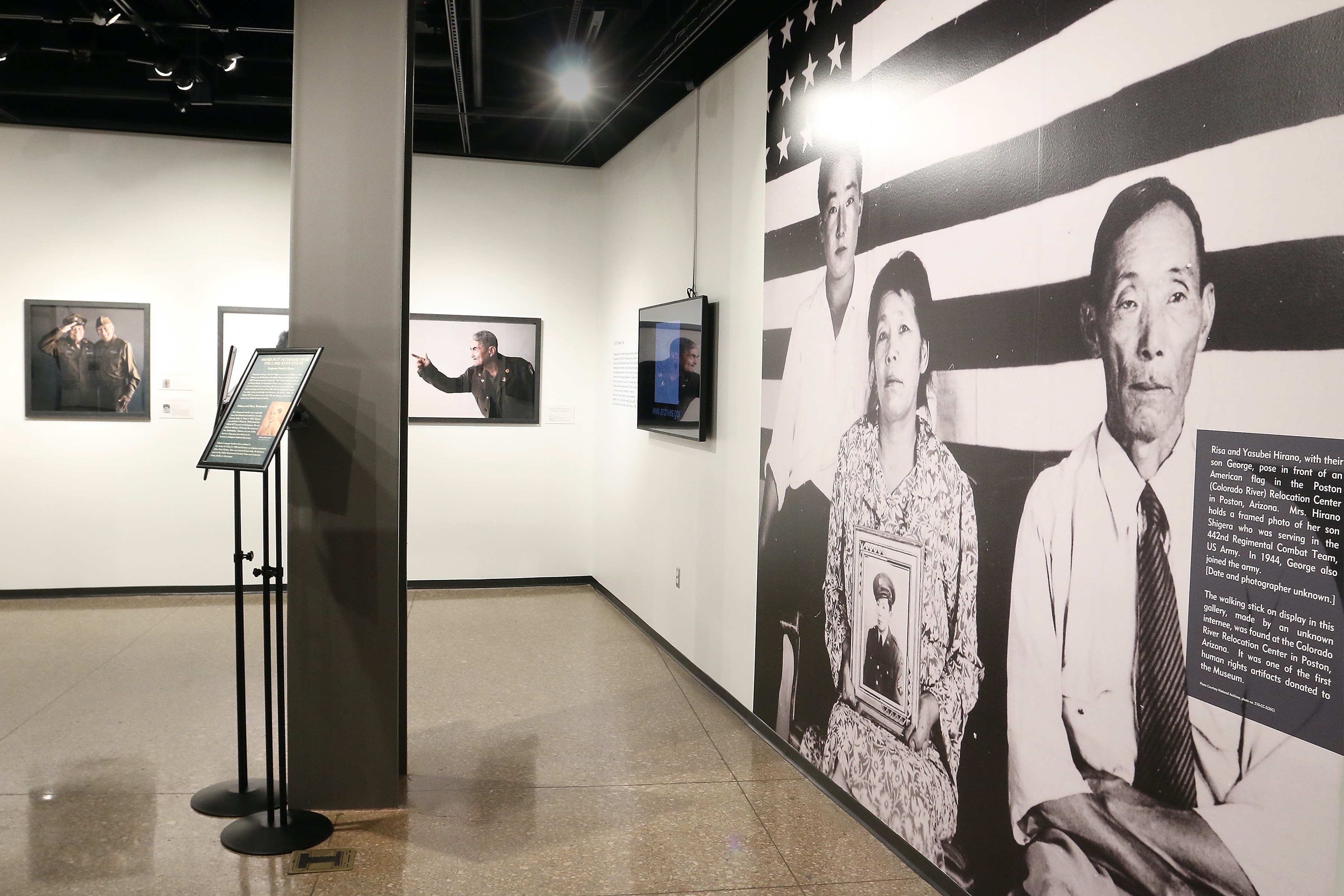
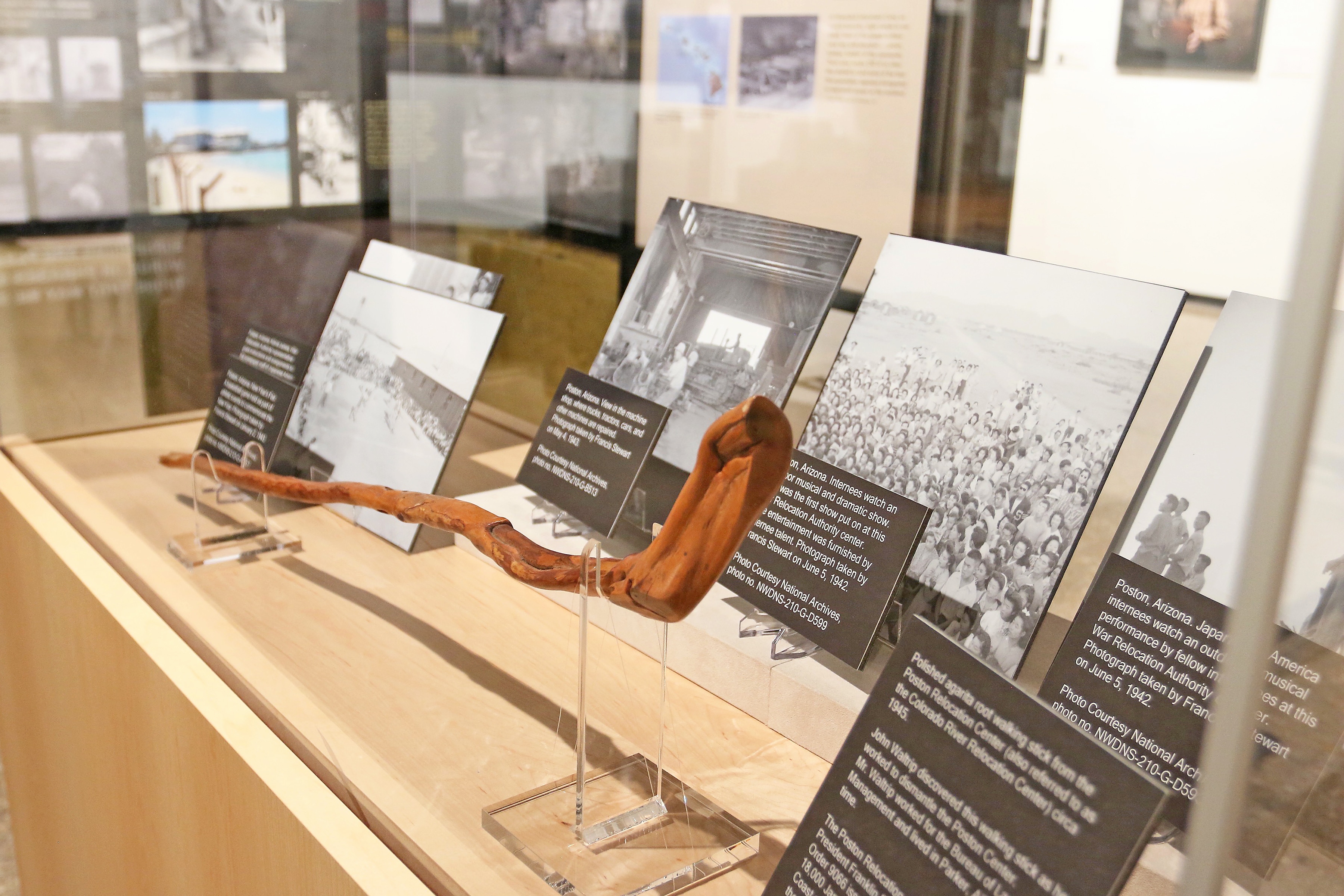
Polished agarita root walking stick from the Poston Relocation Center (also referred to as the Colorado River Relocation Center) circa 1945. John Waltrip discovered this walking stick as he worked to dismantle the Poston Center. Mr. Waltrip worked for the Bureau of Land Management and lived in Parker, AZ at the time.
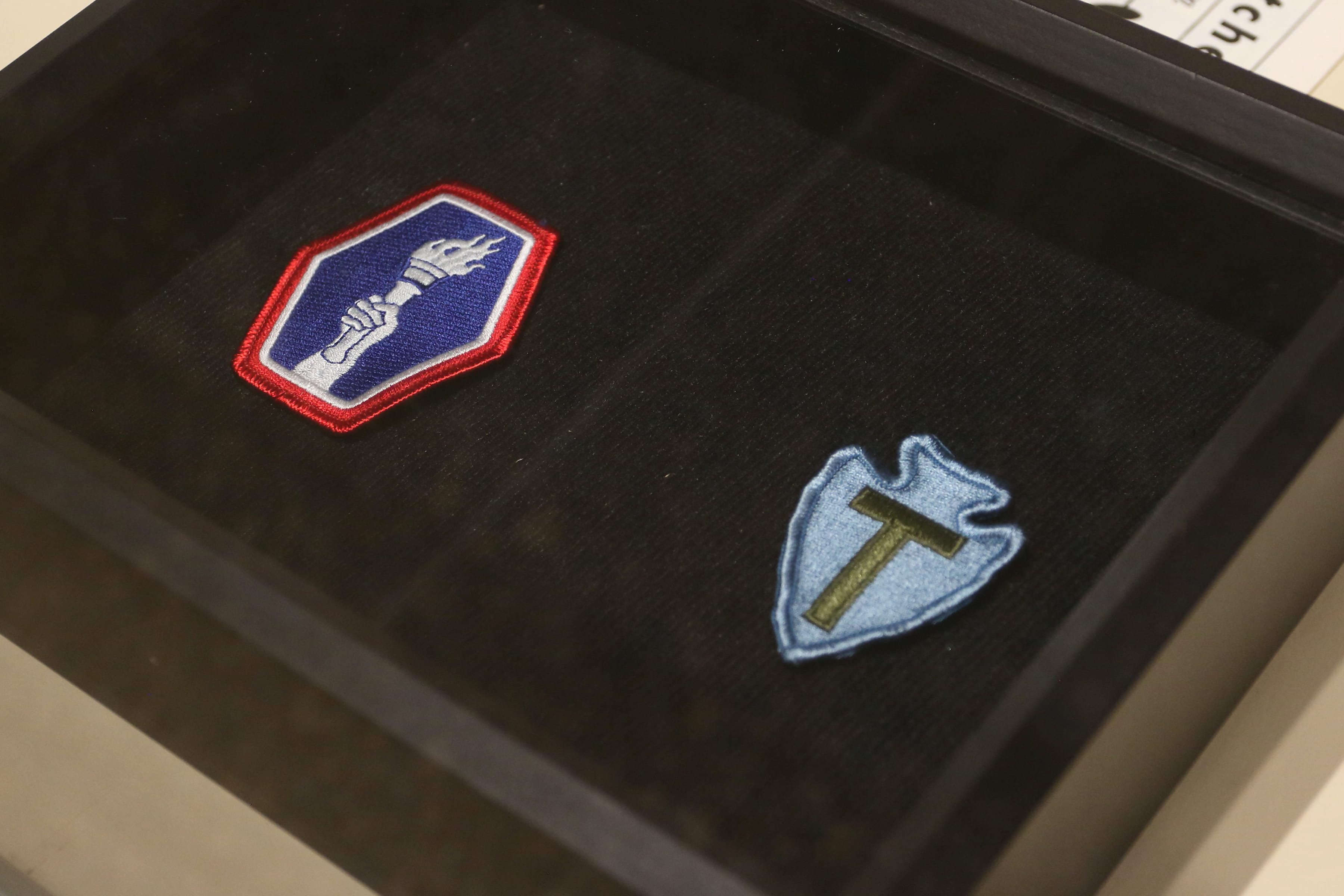
(Left) 442nd Regimental Combat Team insignia (replica). (Right) 36th Infantry Division (originally the Texas National Guard) insignia. Courtesy of the Shiyo Doiwchi Collection, Go For Broke National Education Center.
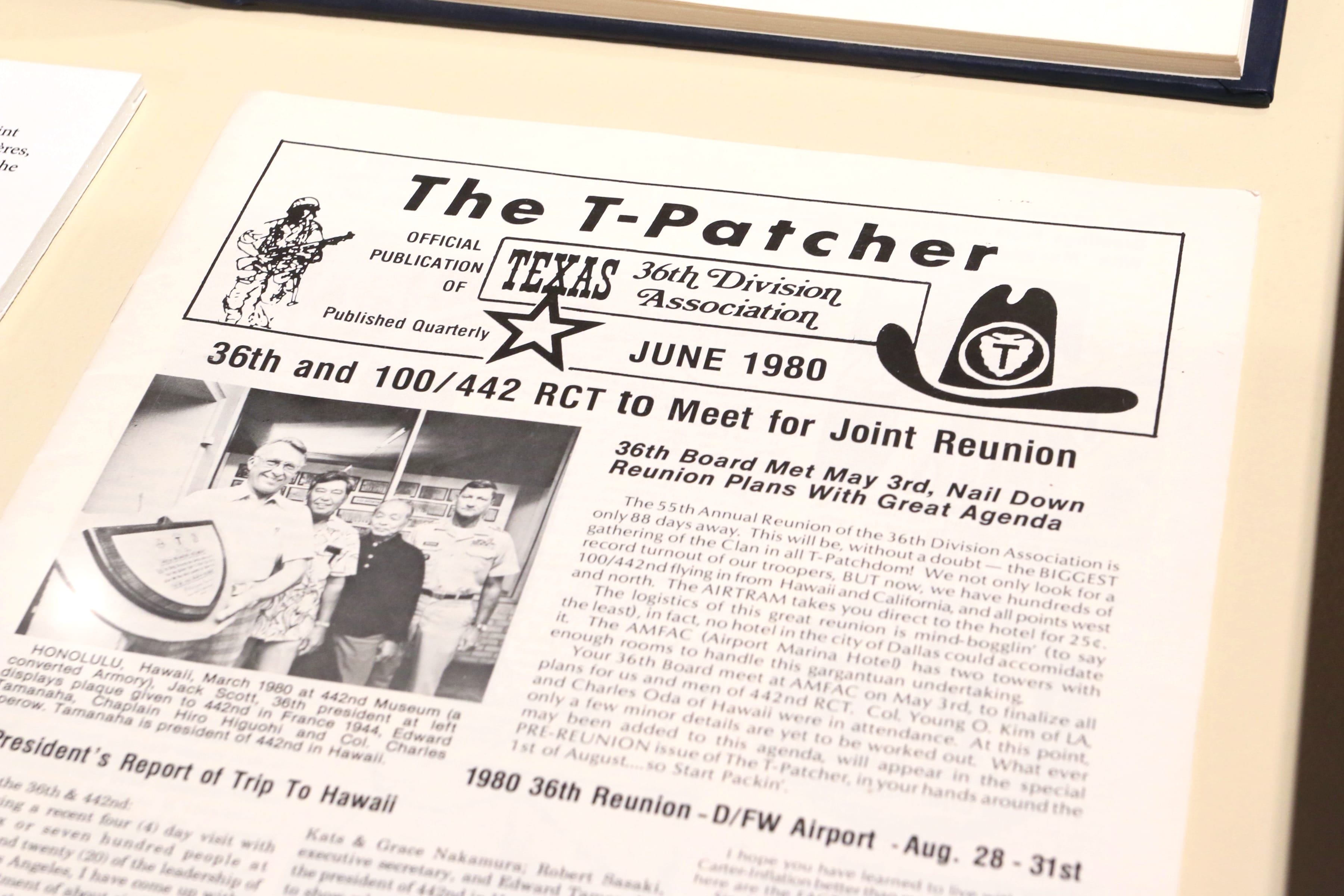
The T-Patcher from June of 1980 describing the upcoming reunion between the 36th Division and 100/442 RCT. From Go For Broke National Education Center.
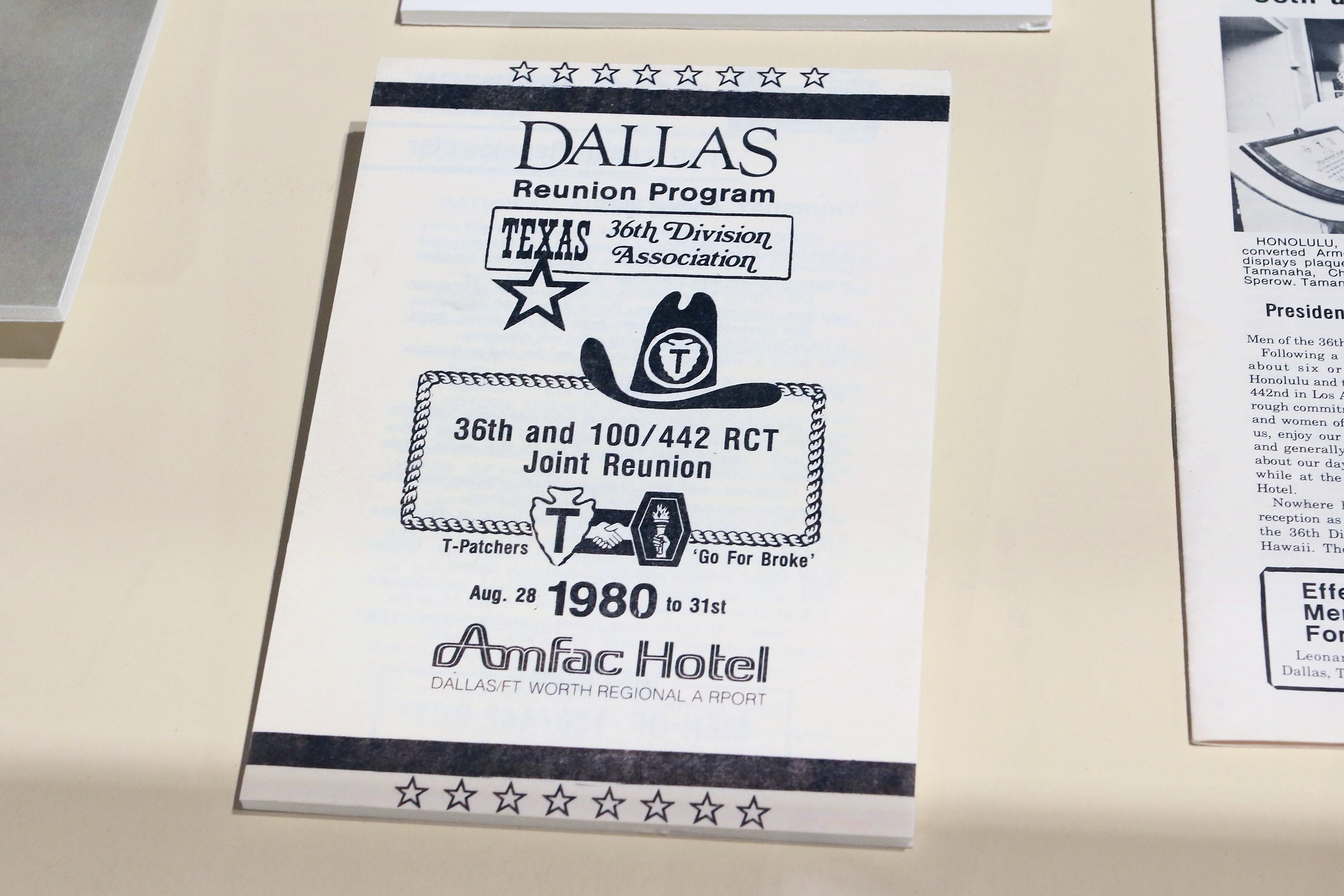
Program cover for the 36th Division and 100/442 RCT reunion. (Replica) From Go For Broke National Education Center.
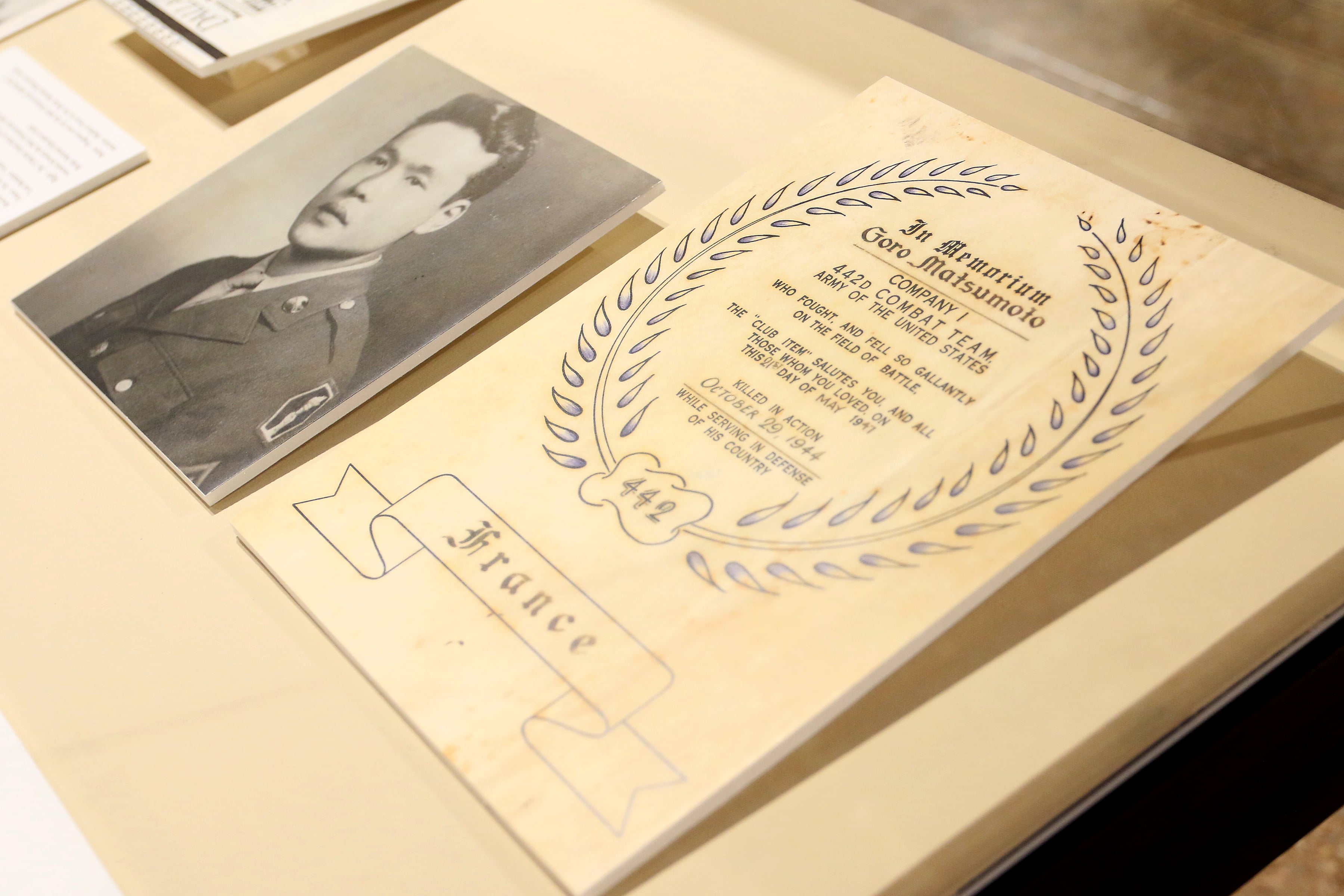
Born in Hawaii, Goro Matsumoto came from a large Japanese American family whose craft was shipbuilding. After Pearl Harbor, Goro and his younger brother, Ralph, attempted to enlist in the United States military. Goro was accepted and enlisted in the 442nd Regimental Combat Team (RCT) while Ralph was held back due to his shipbuilding skills. Goro was assigned to I Company of the 442nd RCT and served in the European Theater. In October 1944, the 442nd was rescuing a group from the 141st Regiment, from the Vosges Forest in France when he was killed in action. An in memorium to the family of Goro Matsumoto, a member of the 442nd RCT. Goro was killed in action during the rescue of the "Lost Battalion" on October 29, 1944 in France. Dated May 21, 1947. From Go For Broke National Education Center.
An Immersive, Interactive Journey Unlike Any Other
Please join us for a visit. Unforgettable doesn't begin to describe the experience.
